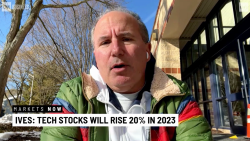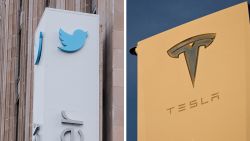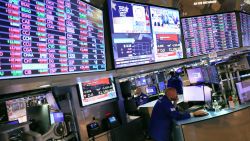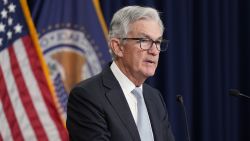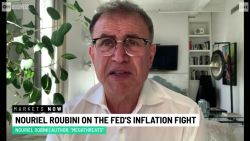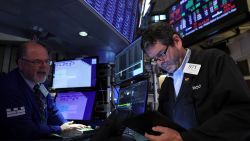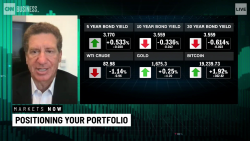Stocks performed a 180-degree turn this week. The market rally led the Dow to snap a six-week losing streak.
Even a weaker-than-anticipated jobs report couldn’t derail the sentiment.
The Dow (INDU) finished up 1%, or 263 points. It was the index’s first five consecutive days of gains since January, according to Refinitiv. Together with the S&P 500 (SPX) and the Nasdaq (COMP), all three indexes recorded their best week of the year.
It seems like nothing can go wrong for this market right now.
If the economy improves, stocks will rally on optimism. If positive developments come out of the G20 meeting in Japan at the end of this month, stocks could cheer a resolution to trade issues. And if neither happens, an anticipated interest rate cut by the Federal Reserve would likely boost equities just the same.
So how did we get here?
This week was all about the Federal Reserve and the US economy, which provided markets with a much-needed break from outright fretting about the ongoing trade war — even though nothing has been resolved on trade, and those risks still persist.
A week ago, President Donald Trump threatened to slap Mexican imports with tariffs by June 10, sending shock waves across financial markets. Then on Tuesday, Federal Reserve Chairman Jerome Powell said the central bank would act as appropriate to ensure the sustained expansion of the US economy.
Market expectations for a rate cut were already climbing before Powell spoke. But his remarks gave investors the confidence that, if in doubt, the Fed would act to boost growth.
The stock rally took off after that development. Lower interest rates are helpful for companies and thus a boon for the stock market.
Friday’s jobs report just added fuel to the fire.
Just one weak “data point” on the labor market isn’t likely to push the Fed to lower rates sooner, said Charlie Ripley, senior investment strategist for Allianz Investment Management. “But it’s going to get their attention as the drumbeat for rate cuts grows louder” from investors.
The US economy only added 75,000 new jobs in May, compared with the consensus expectation for 185,000. The unemployment rate remained unchanged at 3.6%. Average hourly earnings fell year-over-year.
“For the Fed, today’s report makes a cut more likely, and supports our view that the trade tensions will ultimately slow growth enough for the Fed to respond in September and December with cuts,” said Bank of America economists Joseph Song and Michelle Meyer in a research note. They added that a rate cut at this month’s monetary policy meeting was probably too soon as the central bank would likely “want to see further evidence of weakness.”
The CME’s FedWatch tool puts the likelihood of a rate cut in July at 88% — a significant jump from just a couple of days ago. The probability for a cut by the end of the year is now at 99%.
“It’s crazy to have a percentage that high,” said David Madden, market analyst at CMC Markets. “You usually see numbers like that a few weeks before a policy meeting, but not this far out.”
But the market seems to be set on what it wants. The question is just if, or perhaps when, Powell will deliver.


